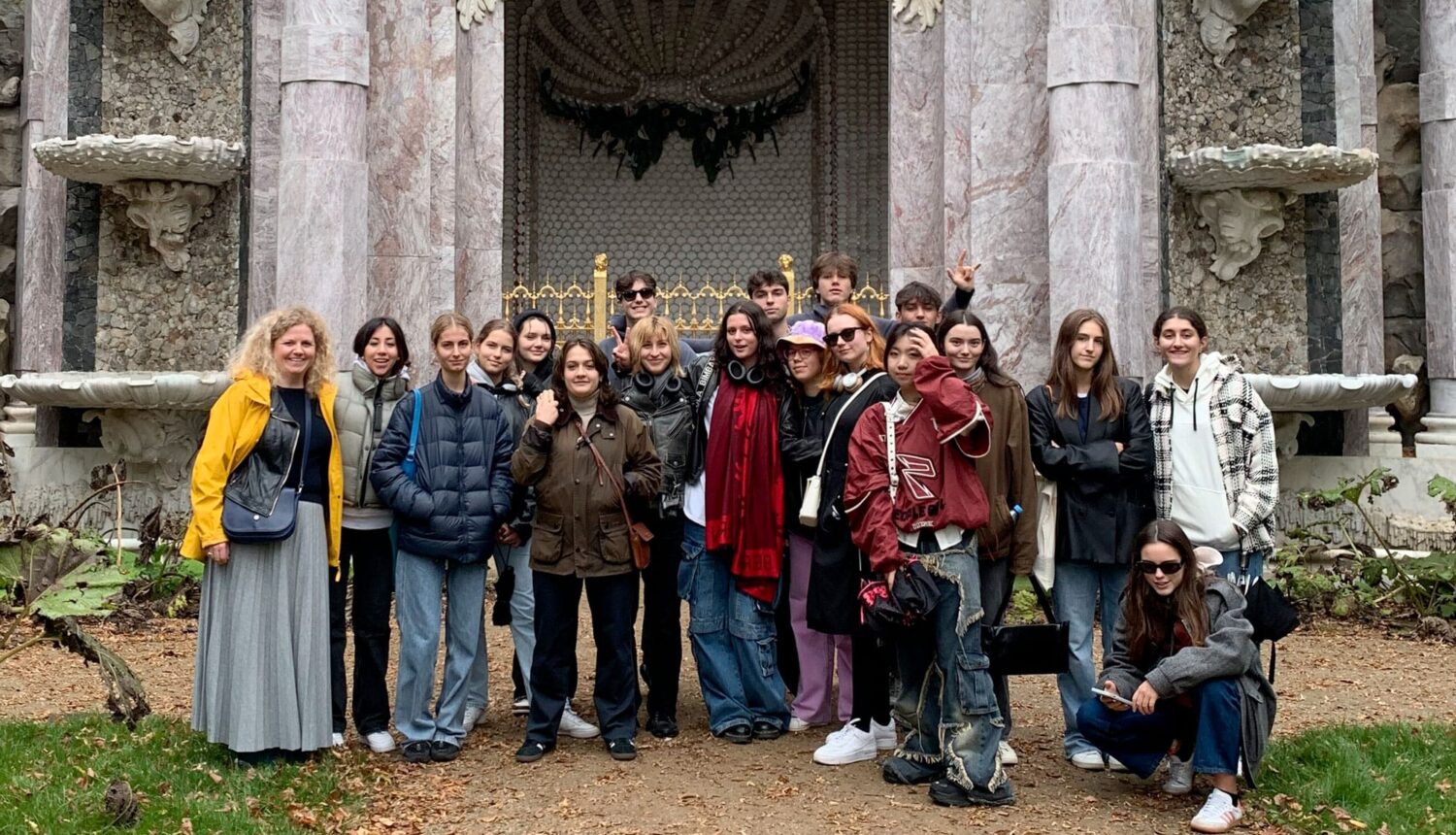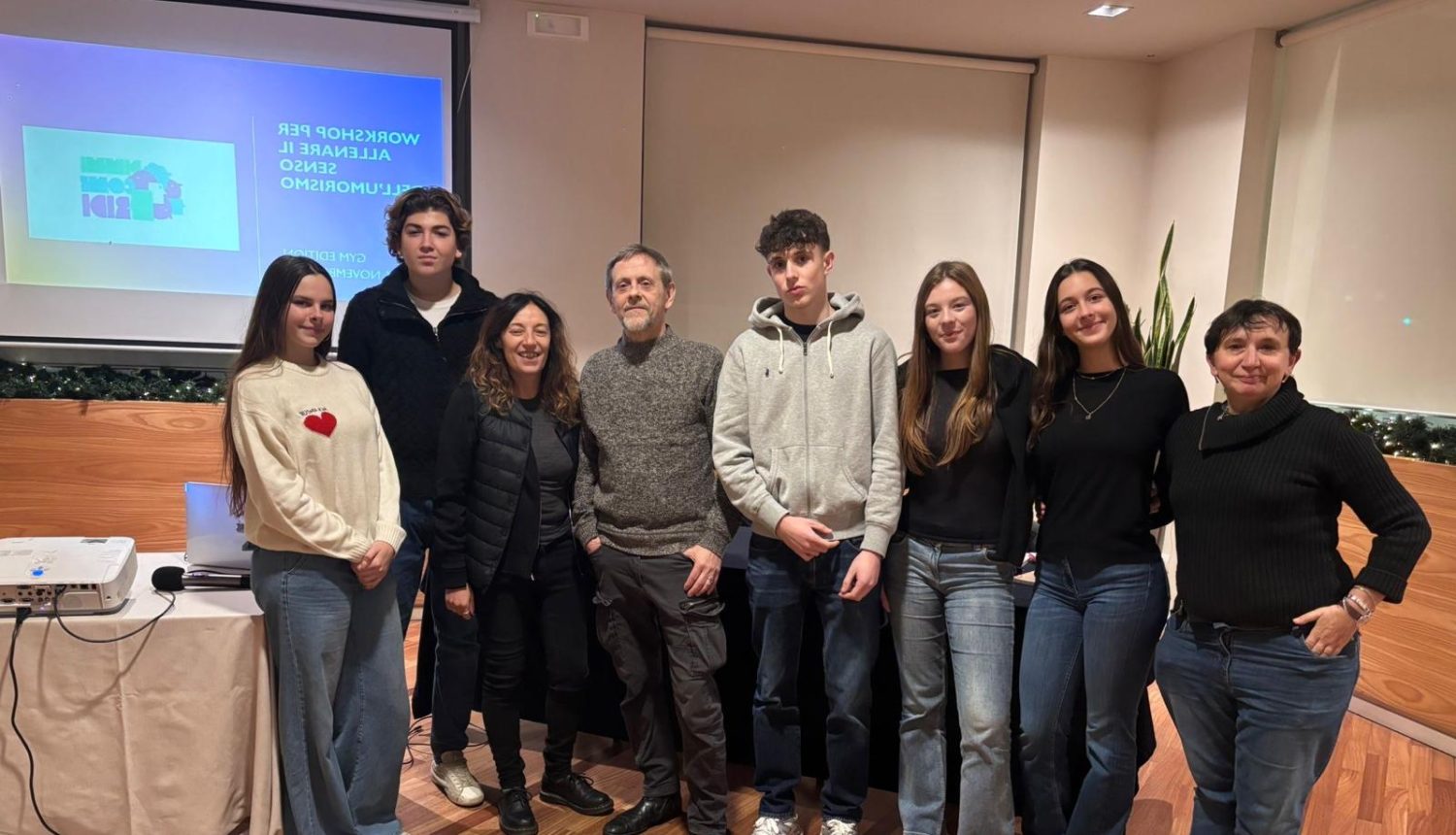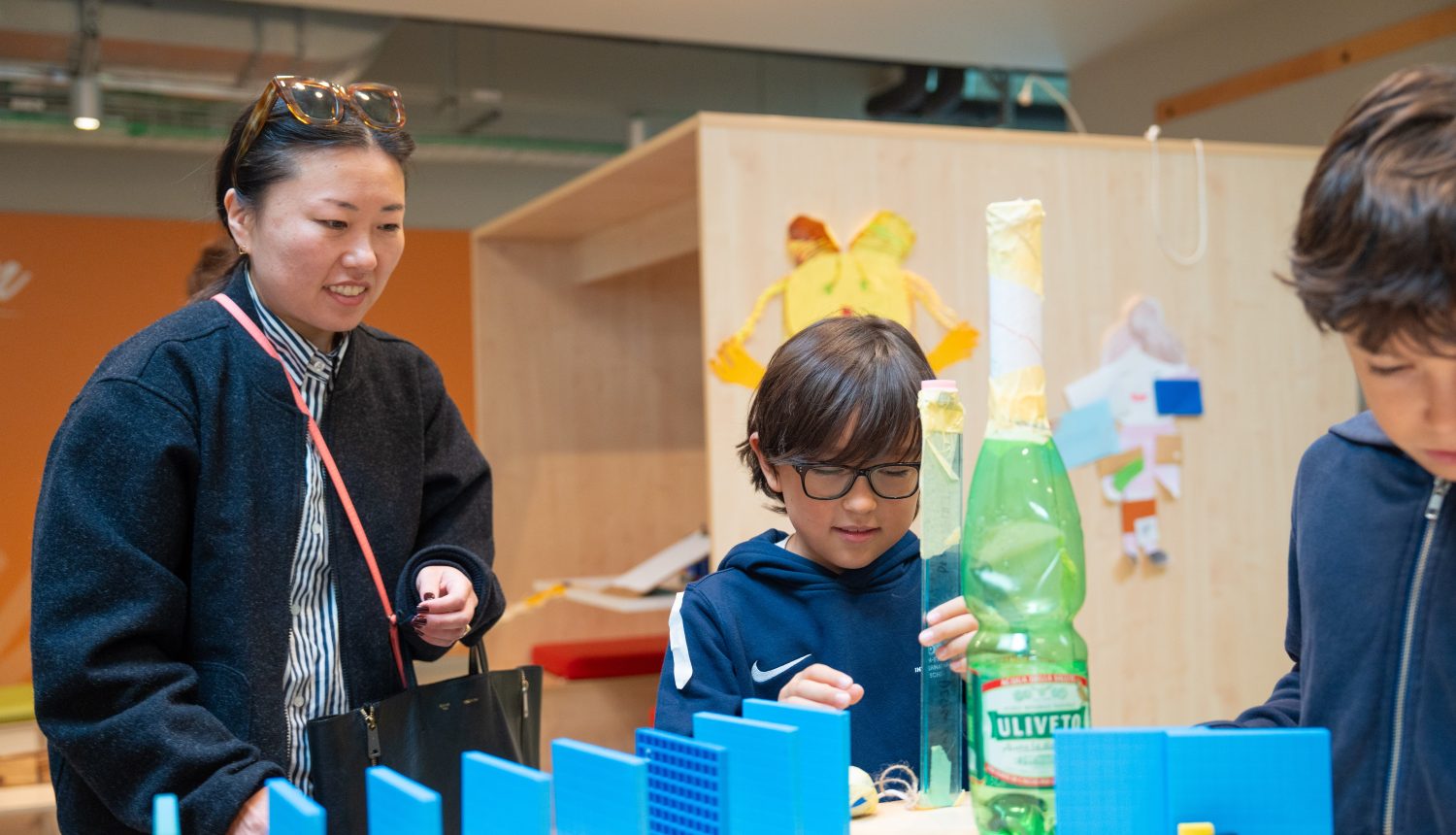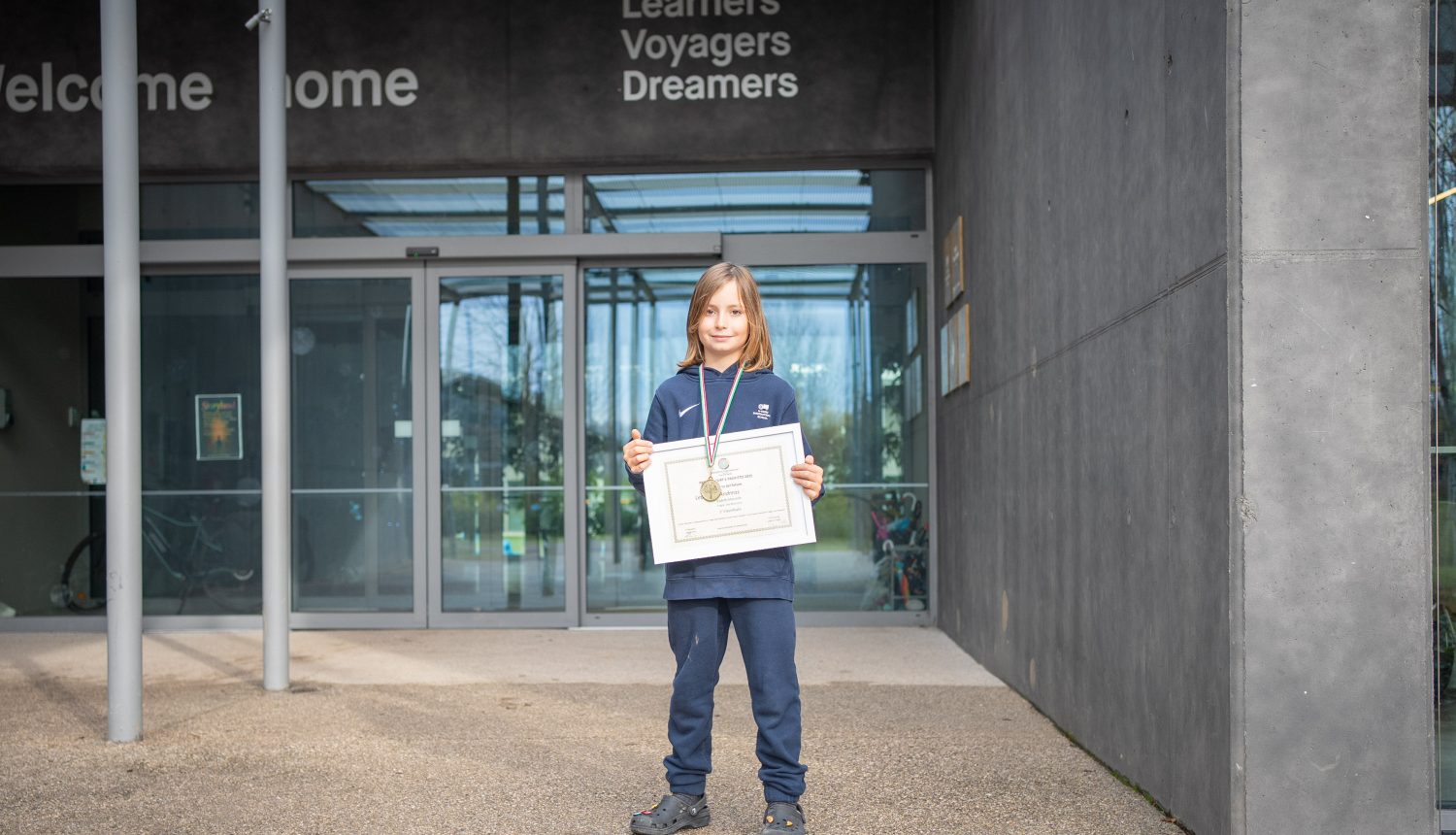Ich bin ein Berliner!

The city of Berlin in Germany is a place of great significance, a place where the largest atrocities have been computed.
As a class of history students, we saw for the first time a city which we were used to see through the books; it was different.
Thanks to our professor Dr. Nora Gietz, we had the opportunity to visit significant places and museums, which were connected to our IB DP History program.
The Barenboim Akademie was a great experience. Built and designed by Frank Gehry together with Daniel Barenboim in 2015, this academy represents the power of music; hence the connection and developed friendship there is between the middle eastern states.
The aim of this academy was and still is to promote and help musicians from all over the world – but mainly Israel, Palestine, and other Arabic states – to connect with each other, despite political tensions in their home countries. In this precise period of time, this academy has a great pressure and responsibility on its shoulders and it is fundamental that they will never give up. We all were aware that Berlin has changed,
it is different now, as it went through great historical transformations across the last century. The main events which I think characterized this important capital, are both World Wars and the Cold War and Berlin Wall, both the physical concept and theorical concept.Given a sufficient number of details and a more visual analysis we were able to see and grasp the difference between East and West Berlin still today.
One of the most touching places we have visited was the concentration camp of Sachsenhausen, which was one of the first labour camps
established in Nazi Germany. For much of our class, this was the first time seeing a concentration camp. We were all deeply moved. There are no true or existent adjectives we can use for describing the feeling and emotions which were felt when entering the camp. We were all quiet. A
deep sense of consternation spread among us. Everyone fully understood the place we were in. We all imagined the camp as we are used to see them in books, filled with infrastructure, hence barracks and with little to no open space. (When in 1945 the Waffen-SS received the news regarding the advancement of the Red Army, they started burning and destroying every proof which was connected to the numerous acts which
have been computed, later classified asmcrimes against humanity.) As of the barracks, only the outline, -marked on the ground by iron frames filled with stones-was present, the true “infrastructure” was not there anymore.
We also had the chance to visit the Jewish Museum in West Berlin, designed by Daniel Libeskind, which holds a fundamental position when considering the changes Germany has undergone. The rest of our experience was based on German and Prussian history. Being that Germany as a nation was formally unified in 1871 (lead by Otto Von Bismarck: former Chancellor of Prussia, prior 1871. Subsequently in 1871, chancellor of the
German Reich/Empire), much of the significant landmarks and specific museums recall Prussian identity, and Prussian architects: their style was mainly neo-classical copies of ancient Greek architecture.
Visiting the Sans Souci Palace gave us a wider view and better understanding of how monarchy had its own way of attracting people, perhaps different from other European methods. Sans Souci was the countryside “party-villa” owned by Friedrich the Great, where all the most influent individuals of the time met together with the King of Prussia.
The Museum Island, one of the most significant parts of German modern history, was our last stop during Sunday’s morning, and eventually the only sunny day we received. The term island recalls the concept of something on its own. Therefore, when referring to something as an island, we should consider the fact that it is alone, thus not totally influenced by the rest of the city or state. Occasionally there would be some external idea entering the island, but in the end, this will rarely have any real impact on the internal structure and idea of the island. The Museum Island is a
place of immense beauty mixed with centuries of culture art and history, despite the building not being of Prussian or German style, they were still of great significance to the German cultural development.
Berlin as a city could be represented as an adventurous road trip, filled with strong emotions and improvised changes, which all together create a mixture of ideas and cultures. During the last century, we could argue that Berlin has been one of the most influential and most influenced cities in modern European history and this is what characterizes this city as a fundamental historical landmark.
Overall, we were all impressed by the drastically different historical phases this city went through. As of today, the city has become a cosmopolitan capital city and just like John F. Kennedy we can confidently say “…ich bin ein Berliner.”
written by Guido Gastaldi, DP2 student








 Back
Back
